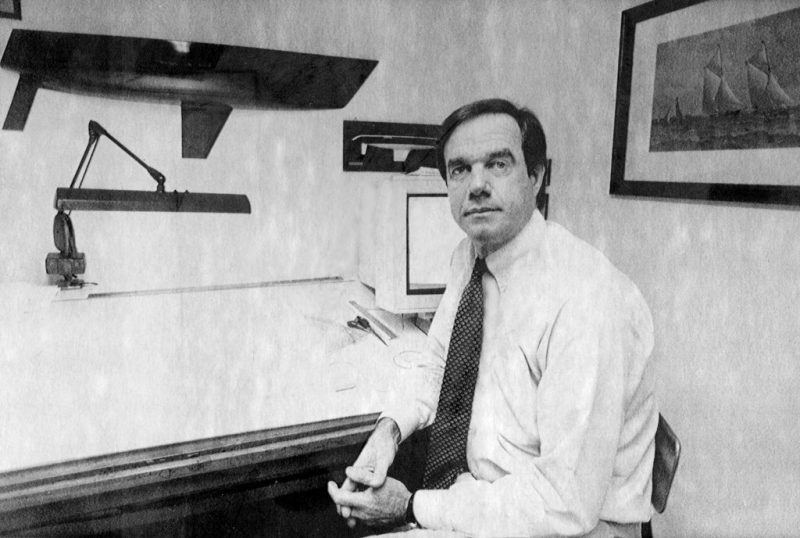
Known for having a mathematician’s precision and a renegade’s willingness to experiment; he developed, for example, a retractable keel that reduced the drag on a boat headed downwind.
“He was one of the biggest innovators of the 1970s and ’80s,” said Jonathan Wright, a friend who was a crew member on many of Mr. Chance’s boats, including Stars and Stripes, which was captained by Dennis Conner. In 1987, that boat reclaimed the America’s Cup for the United States after its 132-year winning streak had been interrupted by an Australian victory four years earlier.
Mr. Chance, who came from a sailing and scientific family — his father, a leading biophysicist, was also an Olympic yachtsman — made a controversial entrance into the high-stakes and highly nationalistic world of the Cup. In 1967, the yacht Intrepid captured the Cup for the New York Yacht Club, and Mr. Chance was subsequently hired to design a so-called trial horse — a development boat to test design elements — for a French team that was preparing to challenge Intrepid in 1970.
Criticized by some for bringing American know-how to a foreign team, Mr. Chance said at the time that he hoped to use the experience to help him build an even better boat for the United States.
Indeed, though the French did not succeed — the 1970 challenger was Australian — Mr. Chance was subsequently hired to help improve the performance of Intrepid. He lengthened the waterline and she won the America’s Cup again.
“Britt was commissioned by Bill Ficker, who captained the 1970 Intrepid,” Mr. Wright said in a recent interview. “He made the boat fuller in the stern, making the waterline longer by increasing the buoyancy in the back of the boat.”








